Ghanaian Food Dishes: Basic Overview
Common Ingredients
Common Cooking Methods
Courses
Meals
Key Taste
Eating Etiquette
Meal Presentation
Culinary Festivals
Influence and Fusion
Popular Types of Ghanaian Dishes
-
Fried Dishes
In Ghana, fried dishes are adored for their crisp texture and rich flavors, often featuring local ingredients.
This cooking method is popular for both street food and home-cooked meals, offering a delightful crunch and savory taste.
-
Boiled Dishes
Boiled dishes in Ghana utilize a simple cooking technique that preserves the natural flavors and nutrients of the ingredients.
These meals often consist of starchy vegetables or legumes, providing a wholesome and satisfying base.
-
Rice Dishes
Rice dishes in Ghana are incredibly versatile, serving as a staple food prepared in numerous ways to accompany a variety of sauces, stews, and proteins.
-
Porridge
Porridge in Ghana is a comforting and nutritious option for breakfast or a light meal made from grains.
It’s often enriched with flavors and sweeteners, providing a warm and soothing dish.
-
Steamed Dishes
Steamed dishes are a cornerstone of Ghanaian cuisine, preserving the flavors and nutritional value of the food.
Ghanaian dishes are characterized by a rich variety of flavors and ingredients, focusing on starches, soups, and stews. Staple foods include root vegetables and grains, often paired with hearty, spicy soups or sauces made from fish, meat, or vegetables.
The culinary practices reflect a blend of local produce and influences from various cultures, emphasizing communal eating and using fresh, locally sourced ingredients. Cooking techniques range from boiling and frying to slow cooking, ensuring dishes are both flavorful and nutritious.
Next, after learning about Ghanaian dishes, you should have a look at the street food scene in Ghana, along with some food and beverage combos to elevate the flavors.
26 Most Popular Ghanaian Dishes with Filters
Dive into Ghanaian cuisine using the filter system, giving you a proper view of these delicacies in alphabetical order, key ingredients, tastes, dish types, cooking techniques, and worldwide popularity.
Journey through the exciting categories of Ghanaian specialties with the most popular, national, traditional, street food, and fusion options:
Koko
- Street Food
- Traditional
Koko is a popular porridge in Ghana, made from fermented corn, sorghum, and millet. The dish is also known as Hausa koko in the Hausa group that lived in various areas in Africa, including Ghana.
Ideally, the porridge is a favorite choice for breakfast. The dish comes with a sour taste while boasting a smooth texture.
For a fulfilling meal, you can eat it with koose, a fried bean bun, araka (bean cake), or pinkaso (spicy fried dumpling).
Rice Water
- Traditional
Rice water is a traditional breakfast porridge in Ghana made from rice, often enjoyed for its light, creamy texture. It’s cooked with rice, water, and milk, and sweetened with sugar, sometimes flavored with vanilla or nutmeg.
To make Ghanaian rice water, you need to wash the rice until the water runs clear, and then soak it overnight or for at least 30 minutes. Then, you need to boil the rice with water and salt until it is soft and starts to disintegrate.
For a smoother consistency, Ghanaians will mush the rice even further, thus, being able to adjust the dish’s texture.
Ghanaian Bread
- Traditional
Ghanaian sugar bread is a type of sweet bread that is popular in Ghana and other parts of West Africa. It’s a dense bread known for its rich flavor, often enjoyed as a snack or for breakfast with coffee or tea.
Made with ingredients like flour, sugar, and butter, it has a unique taste and texture, distinguishing it from other breads. This popular treat can be found in many Ghanaian bakeries and homes.
Waakye
- Street Food
- Traditional
Waakye, or wakey, originating from Northern Ghana, is a beloved dish combining rice and beans, often enhanced with millet or sorghum leaves for a distinctive burgundy color.
Traditionally, people serve the dish in thaumatococcus danielli leaves. This dish, with its rich history and unique preparation, holds a special place in Ghanaian cuisine.
Commonly, waakye is easily found at roadside vendors, often sold with wele stew, boiled chicken, or vegetable salad. In Ghana, the dish is often enjoyed as a breakfast or lunch item.
Tuo Zaafi
- Traditional
Tuo zaafi, a popular dish from Northern Ghana, is known for its light and fluffy texture. The dish is primarily made from maize or millet flour and is often served with a savory soup or stew.
In the Hausa language, the stew is translated to “very hot paddling or stirring,” traditionally enjoyed with okra soup, especially at dinner.
Banku
- Traditional
Banku is a traditional Ghanaian bun created using fermented corn and cassava dough. The specialty features a smooth, slightly sour taste, often cooked in hot water.
It’s commonly served with soups, stews, or sauces, accompanied by fish or meat. Plus, people often shape banku into balls for serving.
Garri
- Street Food
- Traditional
Garri is a granular flour produced from fresh cassava in Ghana. The flour comes in 2 categories, featuring the finer texture with a sweeter taste, while the coarser type offers a sour flavor.
Locals process this flour with cold water, milk, sugar, and groundnut or transform it into porridge.
This granular has a gentle flavor and smooth texture to satisfy any stomach. In Ghana, street vendors prefer using the coarser type of garri, as it offers more starch once soaked in water.
Red Red
- Traditional
Red red is a Ghanaian bean stew, distinctively made with black-eyed peas and palm oil, giving it a unique red color. In Ghana, the dish is often served with fried ripe plantains, making it a sweet and savory meal.
Aside from beans, the stew even includes fish like mackerel or pilchards. Also known as kokoo ne beans, bean stew can also be a vegetarian meal when the protein factors are omitted.
Kelewele
- Street Food
- Traditional
Kelewele is a seasoned fried plantain dish from Ghana, enhanced with spices like cayenne pepper, salt, and ginger, and sometimes anise, nutmeg, and cinnamon for extra flavor. Known as “hot crispy plantain” in English, it’s often sold in street kiosks, enjoyed as a dessert or paired with peanuts or bean stews for a hearty meal.
Ampesi
- Traditional
Ampesi is a simple Ghanaian dish featuring boiled starchy vegetables like plantain, yam, cocoyam, or cassava. Locals often pair ampesi with kontomire stew, gravy, or palm nut soup to enhance its flavors.
Ampesi offers a nutritious meal option, with vegetables usually boiled to keep the flavor simple.
Jollof Rice
- Fusion
- National
Jollof rice is a popular dish in Ghana that consists of rice cooked in a spicy tomato sauce with various ingredients. The rice dish is served at festive occasions such as weddings, parties, and holidays.
For the Ghanaian jollof rice, it features basmati rice, having an aromatic scent, fluffy texture, and delicious flavor.
The dish is usually served with beef, chicken, seasoned fried fish, shito, or a mixture of veggies. In some parties and ceremonies, the locals can combine it with fresh salads.
Omo Tuo
- Traditional
Omo tuo is a Ghanaian rice ball involving pounding rice into a smooth, sticky consistency, often served with soup. This meal is particularly popular on Sundays and is renowned for enjoying savory soup. Commonly, people eat omo tuo with soups such as peanut or palm nut soup, while the citizens living in Northern Hausa-Fulani serve it with dried okra soup and baobab leaf.
Angwa Moo
- Traditional
Angwa moo, also known as angwamo, angwa mu, or oiled rice, is a traditional Ghanaian braised rice dish that consists of rice cooked in oil with onions and salted beef. The specialty is a simple and quick dish that is often served with fried eggs, sardines, or pepper sauce.
Furthermore, the rice specialty comes with pepper or shito, a type of black pepper sauce with a fragrant aroma.
Koose
- Street Food
- Traditional
Koose is a spicy bean cake that is commonly eaten as a snack in West Africa, especially in Ghana and Nigeria. The snack is a combination of ground black-eyed peas or cowpeas mixed with onion, ginger and pepper before deep-frying in oil.
The crunchy fritter is best enjoyed with bread or hearty porridge. In other regions, loose is also known as acaraje, akara, or bollitos de carita.
Yam Eto
- Traditional
Yam Eto is a special dish served in big ceremonies, including weddings and birthdays in Ghana. The popular specialty is made using yam, red onion, and other flavorful elements.
The classic food is credited to the Gas and Akan people dispersing in different parts of Ghana. Moreover, it is made from yam mashed and then served with eggs until smooth.
Yele Kakro
- Traditional
Yele kakro is a Ghanaian grated cassava ball, deep-fried for a crunchy texture. This snack is similar to fried potato balls in texture and taste but uses cassava instead of beans.
It’s enjoyed for its crispy exterior and soft interior, often served as a breakfast item or snack throughout Ghana.
Kenkey
- Traditional
Kenkey is a kind of sourdough dumplings created using fermented corn dough. It’s often cooked in a wrapper, popularized in many ethnic groups, such as Ga and Fante Kenkey, Ice Kenkey, and more.
The Ga version seems to be more popular in some areas of Ghana. The Gas call it “komi”, the Akans call it “Dokono”, while the locals living in Northern Ghana call it “tamale”.
Kenkey is served with fried fish in the West African version, as this area has abundant fish sources. The sourness of Kenkey is the main factor that makes it a great dish to pair with other delicious recipes native to Ghana.
Kpekpele
- Traditional
Kpekpele is a cornmeal dish in Ghana served during the Homowo festival. For the Ga-Danabe people, it is one of the biggest ceremonies since it is a celebration of the new year as well as a time to harvest maize.
This steam-fermented cornmeal requires sifting the cornmeal many times to have a finer texture before palm oil is added to color the flour.
Ebunu Ebunu
- Traditional
Ebunu Ebunu is a Ghanaian soup of green leafy vegetables, often nkontomire (cocoyam leaves), blended and cooked to create a thick, green soup. The dish is enriched with fish, meat, or snails, and spiced with chili peppers, giving it a distinctively spicy and slightly bitter taste.
It’s commonly served with fufu or other starchy sides, combined with boiled ripe plantains, rice, and fufu.
Kokonte
- Traditional
Kokonte is a traditional dish in Ghana consisting of dried and powdered cassava. The dish possesses a dense, dough-like consistency and commonly served as a staple side.
Each region in the country uses different ingredients to create the dish. Thus, you can find kokonte in various colors, such as gray, green, or brown.
Some people usually call it “Face The Wall” as it was for the lower class in old-day society. The locals use dried cassava or yam to prepare the food.
Surprisingly, the drier the components, the blacker kokonte is.
Tubaani
- Traditional
Tubaani is a Ghanaian delicacy revolving around cooking black-eyed peas, blended into a paste, and wrapped in Marantaceous herb and Thaumatococcus daniellii leaves for added fragrance and sweetness.
Popular in Zongo communities and Northern Ghana, it’s typically served with stir-fried pepper and onion or gravy.
Wasawasa
- Traditional
Wasawasa is a unique Ghanaian delicacy coming from the North of the country. This mixed dish is made from yam flour for steaming until it turns black, often surprising first-timers with its appearance and addictive taste.
Enjoyed in Northern Ghana and across West Africa, wasawasa is served with various sides like spicy sauces, fried fish, veggies, and oils.
Fufu
- Traditional
Fufu is a staple Ghanaian soft specialty made by boiling and pounding starchy crops like cassava, plantains, or yams into a smooth, sticky dough.
Locals prefer having fufu with a variety of soups or stews, using the dough as both a utensil and a complement to the meal’s flavors.
Ghanaians love the thick texture; when enjoying it with groundnut soup, egusi soup, tomato soup, and others.
Akple
- Traditional
Akple is a specialty primarily from the Volta Region of Ghana, made from fermented corn flour and sometimes mixed with cassava dough. People will cook it in a smooth, elastic texture and often served with soups or stews, such as okra or fish stew.
Akple was created by the Ewe tribe, commonly savor without using any utensil.
Plakali
- Traditional
Plakali is a type of food that is made from cassava dough and hot water. As a common dish among the Ahanta and Nzema people of Ghana and Côte d’Ivoire, the dish is also crafted using cassava.
Ideally, people savor plakali with palm nut or groundnut soup, which are rich and spicy sauces.
Boflot
- Street Food
- Traditional
Boflot is a sweet treat in Ghana, part of the broader West African culinary landscape. Made from ingredients like flour, sugar, yeast (or sometimes baking powder for fluffiness), and butter, it’s deep-fried for a crunchy profile.
Once fried, these balls of deliciousness are rolled in sugar and various flavorings like vanilla or cinnamon. Best savored with dips or beverages like coffee, Bbflot offers a versatile option for a quick breakfast or snack.
What’s the Street Food Scene in Ghana?
The street food scene in Ghana is vibrant and an integral part of daily life, both in rural and urban settings. It’s common for Ghanaian families to enjoy meals from street food vendors multiple times a week, with people often having street food up to 3 times a week.
Vendors offer a wide array of dishes, ranging from staple foods like kenkey, red red, and waakye, to a variety of savory options.
Additionally, ice kenkey stands out as a favored chilled dessert, particularly sought after in open-air markets for its refreshing qualities.
This dynamic street food culture highlights the significance of these street foods in providing accessible, delicious, and traditional meals to the Ghanaian populace, especially when paired with the right drink.
What Ghanaian Dishes to Pair with Beverages?
Variety of dishes can be paired with various beverages in Ghana for a complete meal experience.
I will be more excited when seeing some words in the comment section to tell me how much you love these dishes. You can also share these dishes with people looking to know more about Ghanaian food.



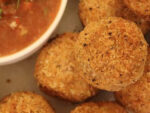
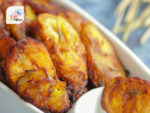
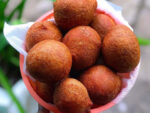
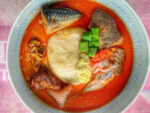
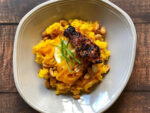
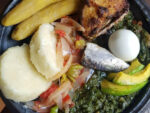

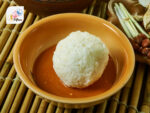
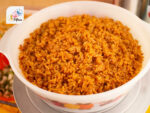

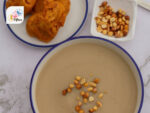

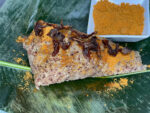
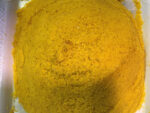
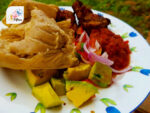
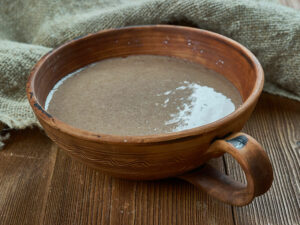
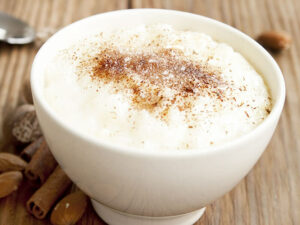
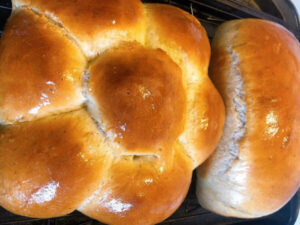
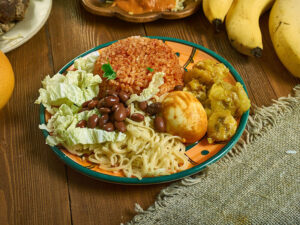
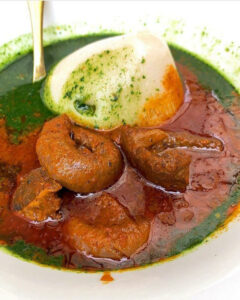
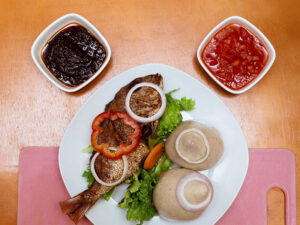
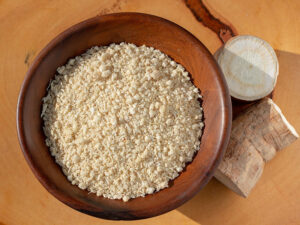
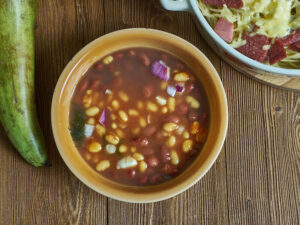
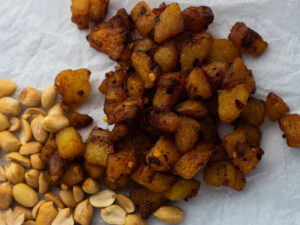
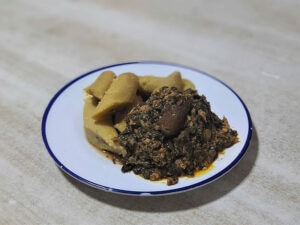
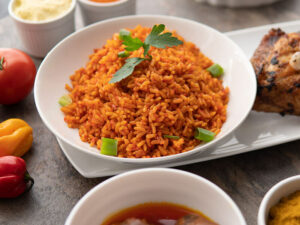
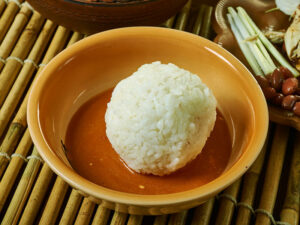
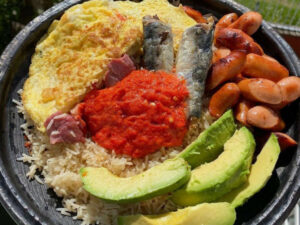
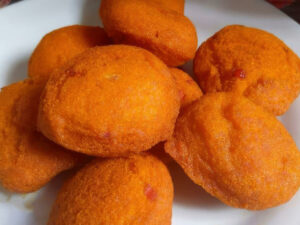
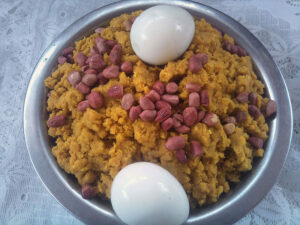
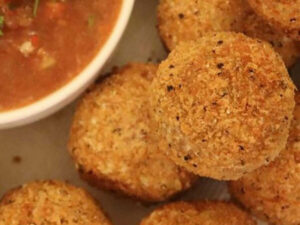
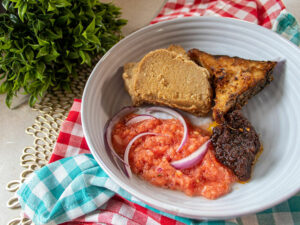
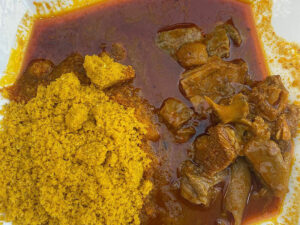
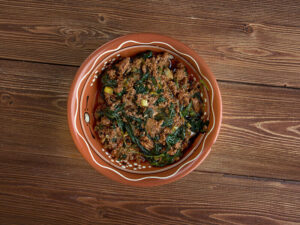
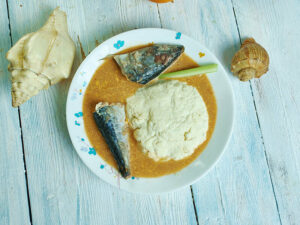
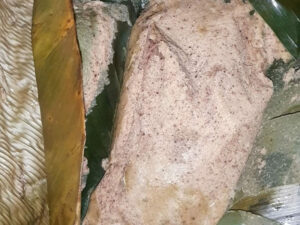
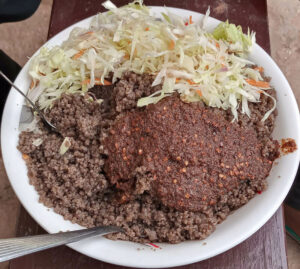
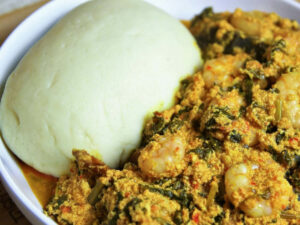
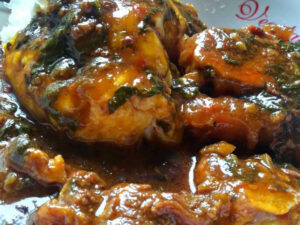
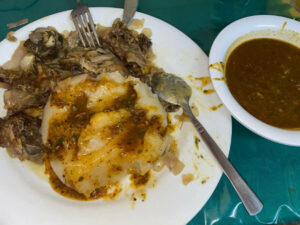
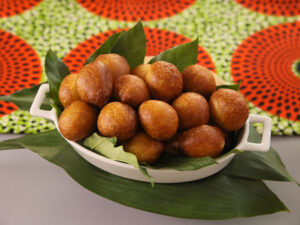
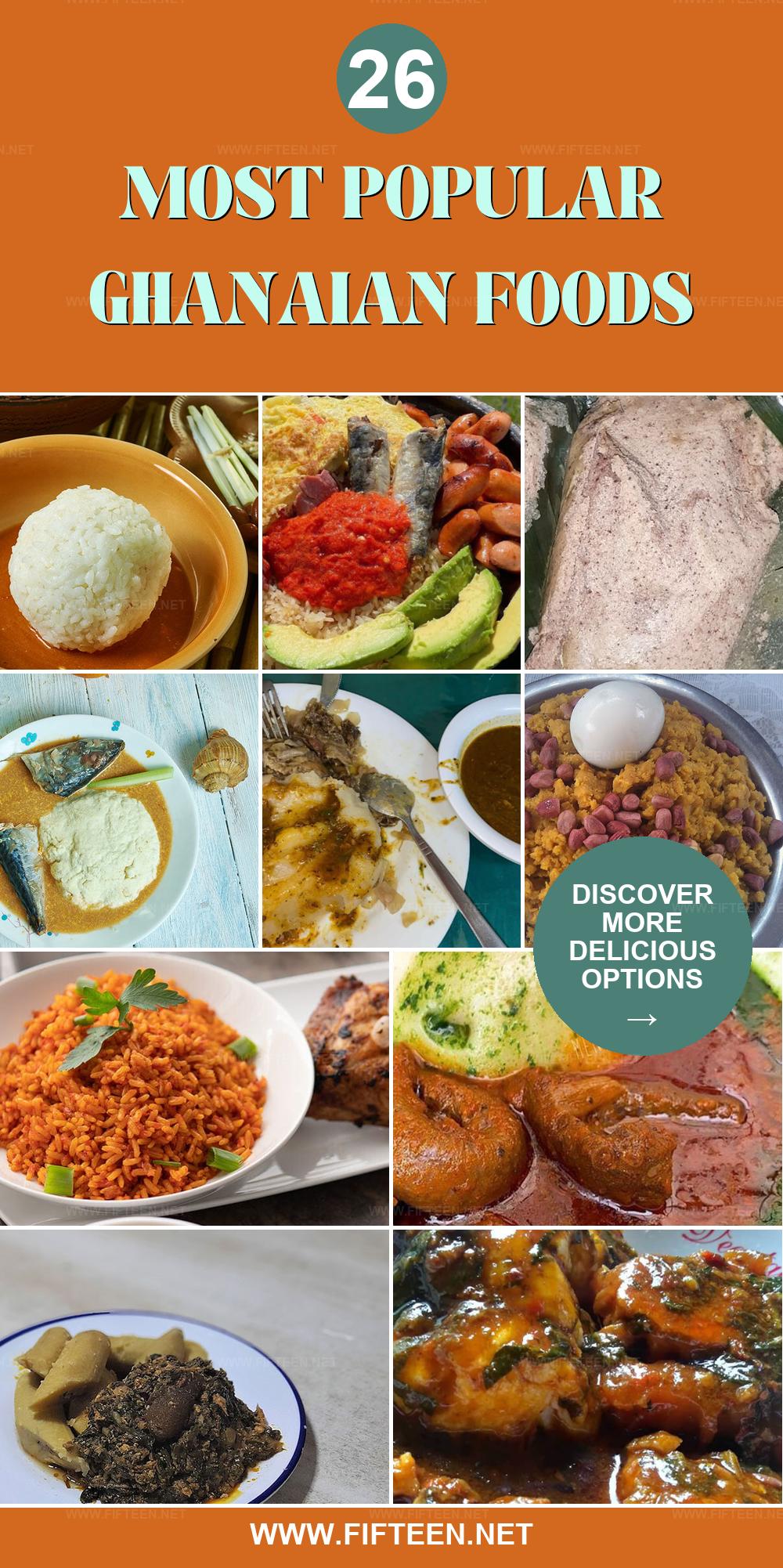
Jamie Scott
Editor in Chief, Senior Content Writer
Expertise
Home Cooking, Meal Planning, Recipe Development, Baking and Pastry, Food Editor, Cooking-video Maker, Western Food Evaluation Expert
Education
Le Cordon Bleu College of Culinary Arts
Local Community College, New York, NY
Jamie Scott is a skilled culinary expert and content creator specializing in Western cuisine. With over 15 years in the culinary field and formal training from Le Cordon Bleu, Paris, Jamie deeply understands how to blend nutrition with delicious flavors. His passion for cooking matches his commitment to making healthy eating accessible and enjoyable.
On Fifteen.net, Jamie brings a fresh perspective to classic dishes and beverages, offering readers insightful recipes, cooking tips, and a fresh view on meal planning that emphasizes taste, health, and simplicity.